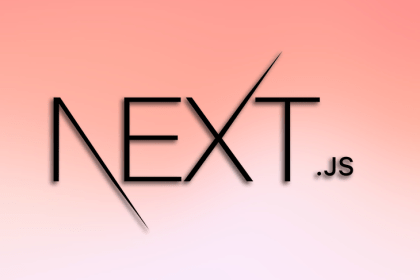
Run Next.js natively using Stackblitz WebContainers, which makes it easy to create, share, and deploy fullstack applications without needing your local development environment.

Increase the speed of loading your webpage without sacrificing dynamic elements by using AMP components in your Next.js project.

Follow this tutorial to have your Notion workspace directly save all user form submissions with Next.js and the Notion API.

Learn how to build a Next.js application by building a shopping cart web app for a fictional game store with product category pages.

Use the Auth0 Next.js SDK to add Auth0, an authentication CLI, to a notes application built in Next.js.

Learn how to deploy a React app with Next.js via Google Cloud Run, an easy-to-use serverless service with a generous free trial.

Take a look at the new features and updates included in Next.js 11, the latest release from the Vercel team.

Learn how to connect users’ Stripe accounts to an ecommerce platform using Next.js and Stripe Connect webhooks.

See how utilizing Sanity CMS in Next.js apps can provide better content management when building apps or websites.

Learn the difference between server-side rendering (SSR) and static site generation (SSG) in Next.js, and how to use them in tandem.

Next.js 10.1 has a little something in it for everyone. In this article, we will explore these features in more detail.

Learn how you can use Next.js in a pre-existing React application to add server-side rendering to your project.